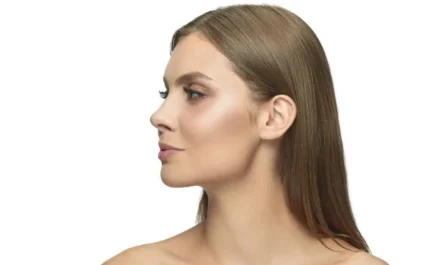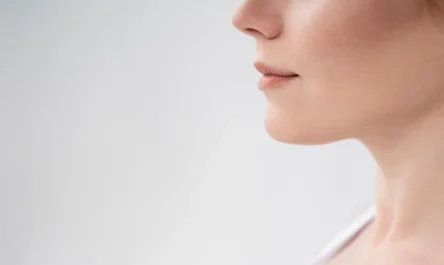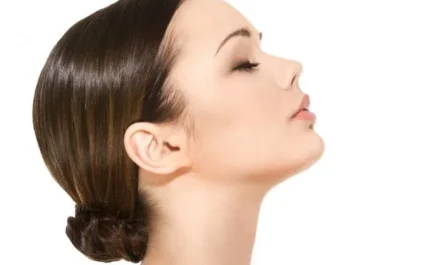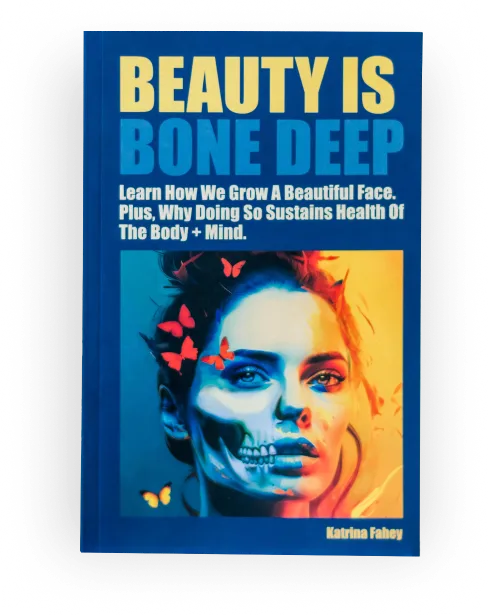Over the past decade research has led to several conclusions that better living starts from your jaw – and this all starts with nasal breathing. Our ancestors had larger skulls and stronger jaws, with many theories and findings as to why, but the consensus is similar; we are living far different lifestyles to our ancestors. We need to recognise that whilst nasal breathing exercises not only improve overall health, they can be linked to improved craniofacial structure.
What is nasal breathing?
Nasal breathing naturally coincides with holding your jaws closed, in occlusion, allowing your tongue to rest touching the roof of your mouth. It is this posture that allows your tongue to mould and grow your top jaw from the inside.
Surprisingly, little force is required in order to develop the roof of your mouth with your tongue. The consistent gentle pressure and interaction between the tongue and palatine bones contribute to this process. This relationship between the tongue and mouth roof plays a crucial role in facial attractiveness by supporting the growth of the maxilla. Interestingly, stimulating the roof of the mouth also helps expand the size of the upper airway, as it shares the same architecture as the nasal cavity floor.
Benefits of nasal breathing
Numerous studies have consistently demonstrated the significant benefits of nasal breathing exercises on overall health. Benefits such as improving oxygen uptake, promoting cardiovascular function, and boosting energy levels are just some of the results.
It also filters and humidifies the air, protecting the lungs from pollutants and allergens all while strengthening the immune system. Compared to mouth breathing, nasal breathing also significantly increases oxygen intake by a factor of 10 to 20. This boost in oxygen supply has far-reaching repercussions for overall well-being.
Unfortunately, many people struggle to breathe through their noses which can negatively impact sleep quality, induce chronic stress, and cause inflammation.
Additionally, regular nasal breathing has been shown to have a calming effect on your nervous system, heart, lungs and your gut. Blood flow can be directed properly to your brain, vital organs and the sexual organs when your body is parasympathetic dominant and well oxygenated.
Both your neurological system and digestive tract benefit greatly from correct breathing techniques. We also know that better quality sleep further enhances repair and mood, so when your mouth is closed and your tongue is up, it allows your body to relax and recuperate even further.
Why we all should be nasal breathing
Many people seek surgery to address compromised nasal breathing and a nasal hump, not realising those concerns both stem from a high vaulted palate. After surgery, they often find that their airflow remains unchanged because improving nasal airflow goes beyond correcting the superficial issue.
The nasal passage is mainly composed of the palatine bones (mouth roof), which make up 70% of your nasal cavity. Without stimulating your mouth roof to widen, a process known as palate expansion, there is little potential for increased air intake.
Ways to increase your nasal breathing
Correct Tongue Posture
Firstly, maintain correct tongue posture when you can; which is where your tongue is pressing to the roof of your mouth, ensuring that the tip of your tongue is slightly behind your teeth but not touching your teeth.
Breathing Through the Nose
Make a conscious habit of breathing through your nose when you are exercising and resting. You might find yourself breathing through your mouth at times, but the more you correct yourself the easier the habit will become.
Breath Holding Exercises
Inhale deeply through your nose and hold your breath for a few seconds before exhaling through your nose to improve respiratory strength.
Diaphragmatic Breathing
First sit or lie down comfortably and then place one hand on your chest and the other on your abdomen. Then, by focusing on slow deep breaths, inhale allowing your abdomen to rise, and exhale slowly through your nose feeling your abdomen fall.
Alternate Nostril Breathing
As it suggests, close off your left nostril with your finger and inhale deeply. Whilst holding your breath, move your finger to the right nostril then exhale. You should be breathing in on one side, and breathing out of the other. Repeat several times alternating which side you breath in (and coincidentally out) of.
Try Nasal Strips
Nasal strips can help improve nasal airflow by physically opening your nostrils, helping to reduce congestion during sleep, making It easier to breathe through your nose.
Practise your Mewing Technique
Visit our section on Mewing to improve your nasal breathing.

















